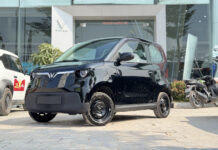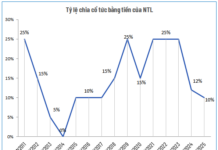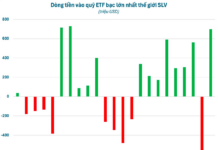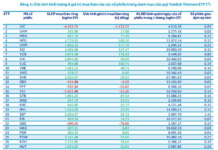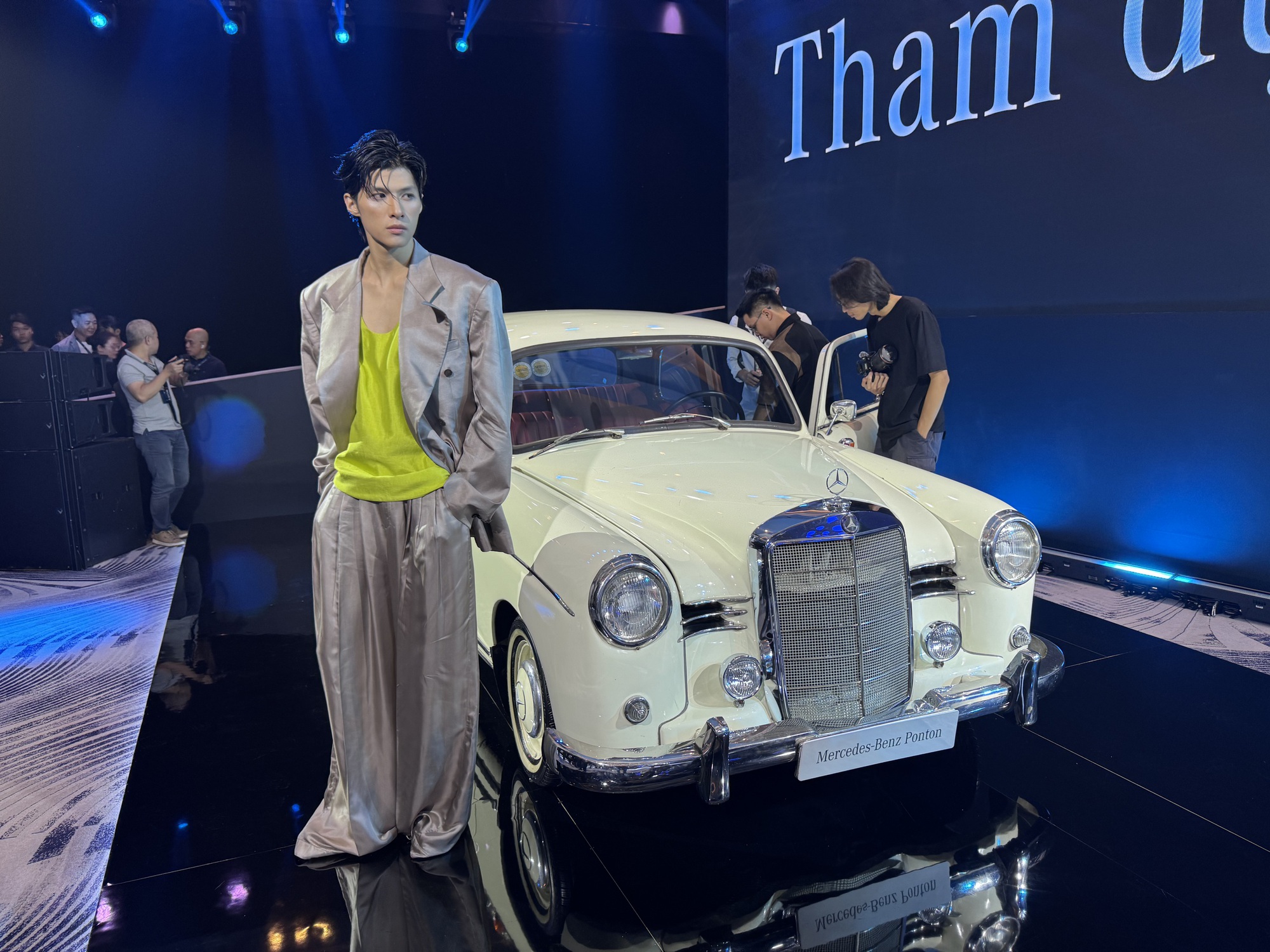Among the highlights is the classic Mercedes-Benz 190 Ponton, first unveiled in Germany in 1953. This model features a 4-cylinder engine with a 1.9-liter displacement and 50 horsepower. It was the first Mercedes-Benz to introduce the unitary body design, a groundbreaking innovation for the luxury brand.

Classic Mercedes-Benz
Its design draws inspiration from the sleek lines of a ship, featuring smooth contours, round headlights, and a horizontal grille that set the standard for Mercedes-Benz sedans. Remarkably durable, these vehicles can endure hundreds of thousands of kilometers without significant breakdowns. This particular classic boasts a glossy finish and timeless leather interiors.

A Durable Classic
Collectors Scrutinize Every Detail
The Mercedes-Benz Ponton was the first model to utilize a unitary body construction, enhancing torsional rigidity while reducing weight. It also introduced diesel engines to passenger cars, solidifying Mercedes-Benz’s leadership in this technology. Equipped with independent suspension on all four wheels and manual or semi-automatic transmissions, the Ponton laid the foundation for the monolithic body design seen in all subsequent Mercedes-Benz generations, particularly the S-Class. Today, the Ponton is a coveted classic among collectors, with well-preserved models like the 220S and 190D commanding high valuations.

Classic Rims

Timeless Leather Interiors
Next is the first-generation E-Class, known internally as the W124, produced from 1984 to 1995 as the successor to the successful W123 series. Mercedes-Benz introduced the W124 in November 1984, positioning it between the C-Class and higher-end models. In 1993, the company officially rebranded the 200E and 300E models as the E-Class.

Boxy Classic Design

First Generation
The 1986 E300, produced in Germany, features a 6-cylinder engine delivering 177 horsepower. The W124 series includes over 20 variants, renowned for its multi-link independent suspension, ABS braking system, and robust, boxy design. A unique feature is the asymmetrical side mirrors—a smaller square mirror on the right and a larger rectangular one on the left—optimized to enhance driver visibility and reduce wind resistance.
Remarkably, this model includes mechanical self-closing doors, a testament to its innovative engineering despite being produced in the 1980s. The W124’s durability is legendary, with many examples surpassing 1 million miles without major engine overhauls.





